Staying Fit


We used to know what to expect when it came to the weather: It was warm in the South, colder in the North, and there were dry seasons and rainy seasons. We knew what weather emergencies to plan for.
But things have changed. No one in Texas was expecting the cold snap that knocked out power and killed more than 200 people in February 2021, most of them from hypothermia. Nor were Tennessee residents ready for the flash floods that tore through Nashville last March, killing six and wiping out dozens of homes. And the tornadoes that struck Kentucky and elsewhere last December were part of an alarming trend: Although an average of 145 tornadoes sweep through the U.S. each year between January and March, five of the past six seasons have been above average, with 218 twisters hitting in those three months last year.


AARP Membership— $12 for your first year when you sign up for Automatic Renewal
Get instant access to members-only products and hundreds of discounts, a free second membership, and a subscription to AARP the Magazine.
As our climate changes, more of us are seeing extreme weather that we’ve never encountered before. Read on for some dangers that can arise when the weather gets weird and how you can protect yourself.
CRISIS: A tornado is headed in your direction


Not all tornadoes look like the one in The Wizard of Oz. Many aren’t even visible; they can be wrapped in rain, cloud cover or darkness. The following are telltale signs of hidden funnel activity: whirling dust or debris under thick clouds; rain and hail, followed by a fast, strong wind shift; a loud roar that doesn’t fade like thunder does. At night you may see blue, green or white flashes near ground level. That’s not lightning, though — it means wind is knocking around power lines. Heed all warnings on your phone, TV or radio.
Save yourself
The biggest tornado threat is debris (especially glass) riding 100-plus mph winds. At home, avoid windows and use small, centrally located rooms for shelter.
- Basements are best, but anywhere windowless, where you can use sturdy furniture, mattresses and thick blankets as protection from debris, will offer shelter.
- In a vehicle, try to drive away from the clouds; if that’s not an option, park the vehicle out of traffic lanes and seek shelter. If you have to stay in your car because of flying debris, keep your seat belt on and lower your head below window level, covering up with whatever’s available.
- If you’re stuck outside in the open, get away from trees or vehicles and lie on your belly, in the lowest place you can find. And if you have helmets on hand — sports, military, motorcycle — wear ’em.
Be prepared
Cellular service can be overloaded or disabled in a storm. Keep a battery-powered radio at home so you don’t miss tornado warnings, suggests Roger Edwards, lead forecaster for the National Weather Service’s Storm Prediction Center.




























































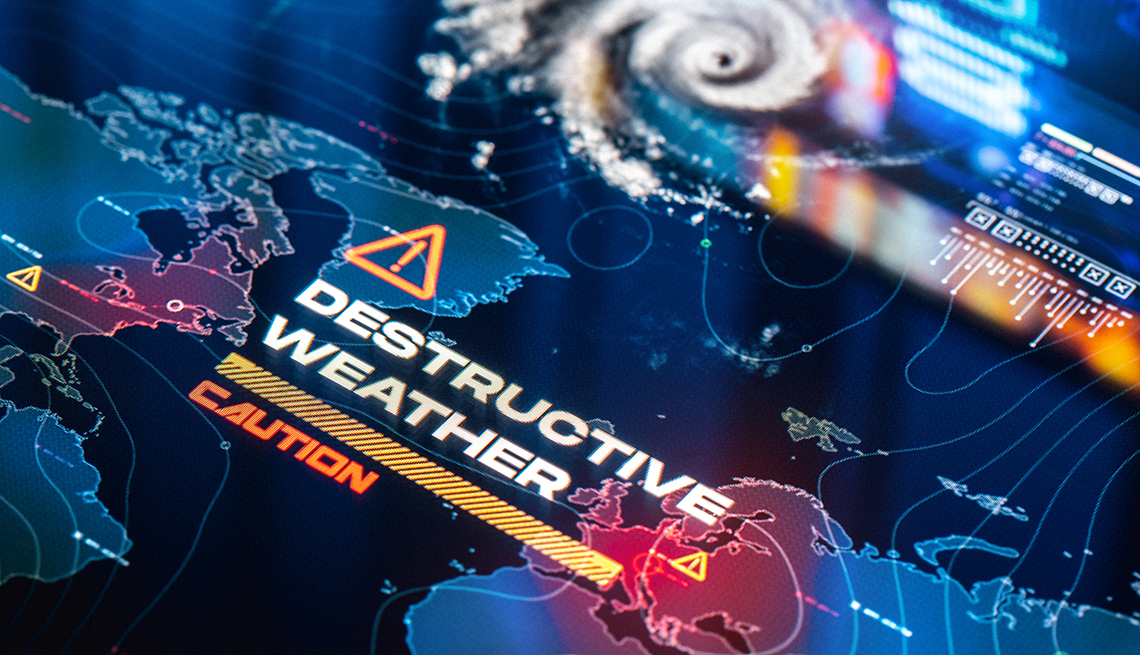
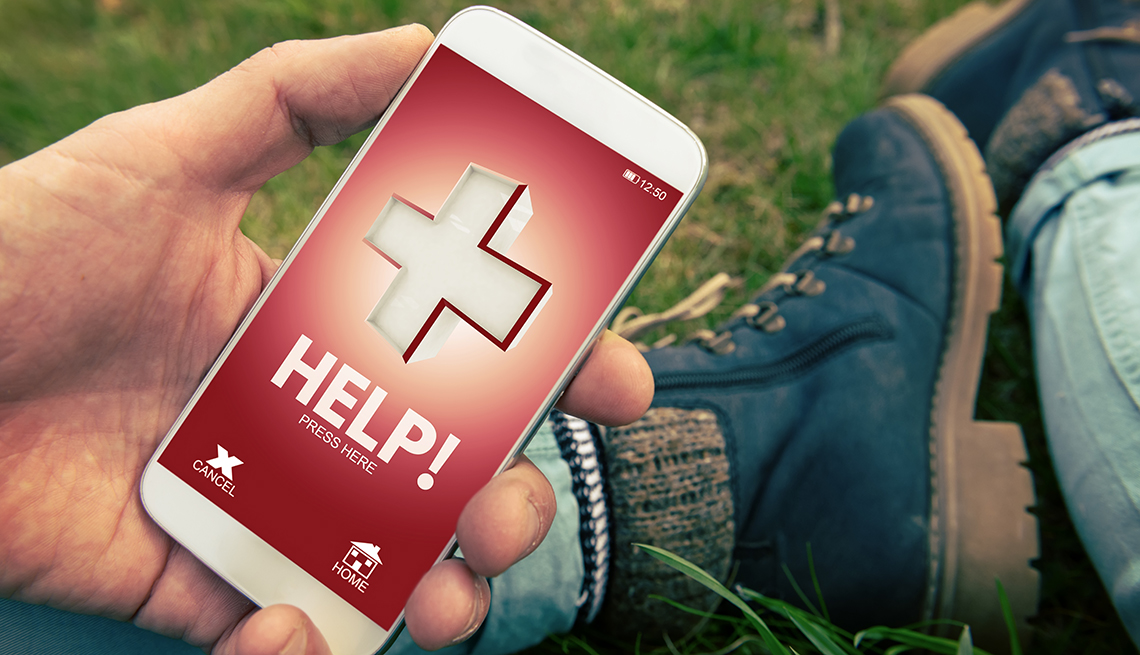

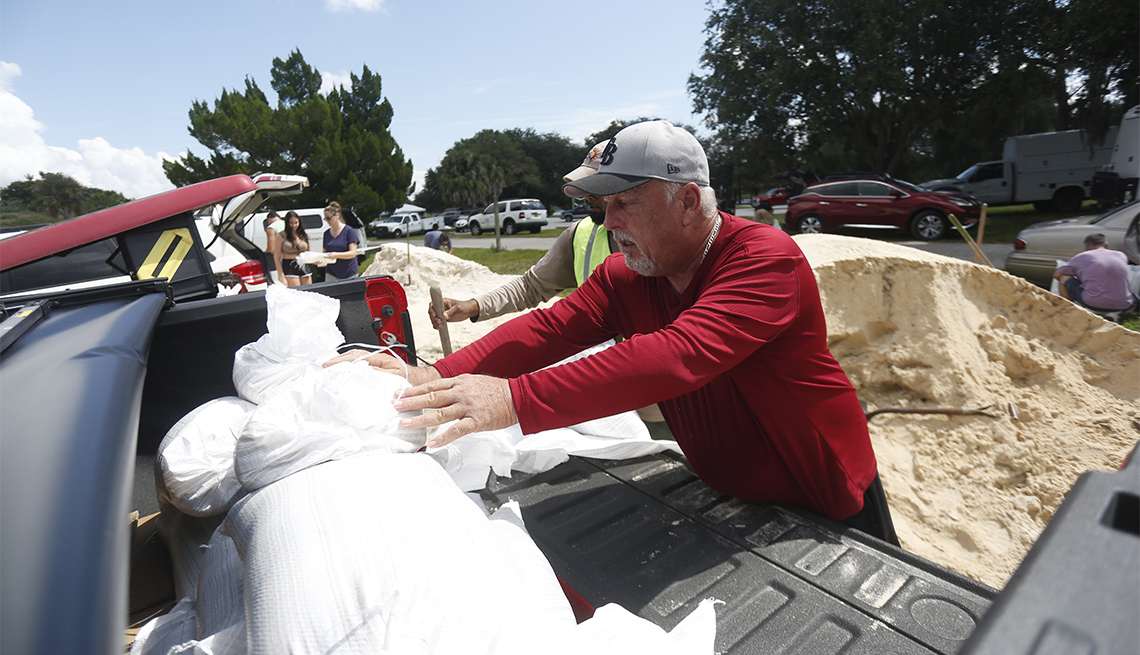

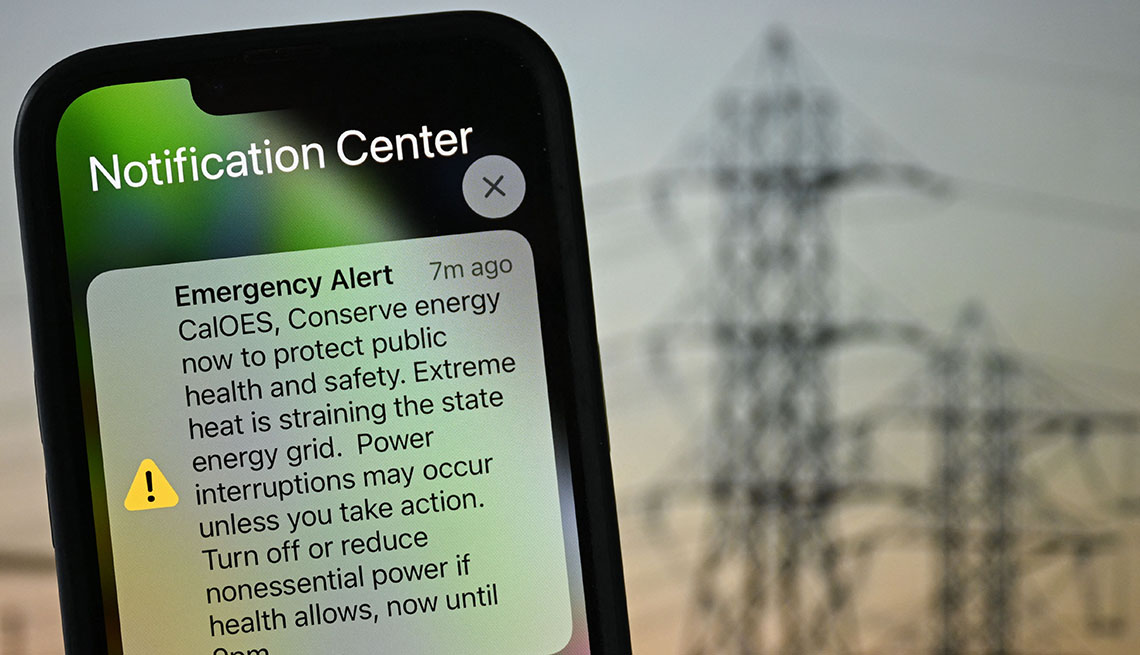

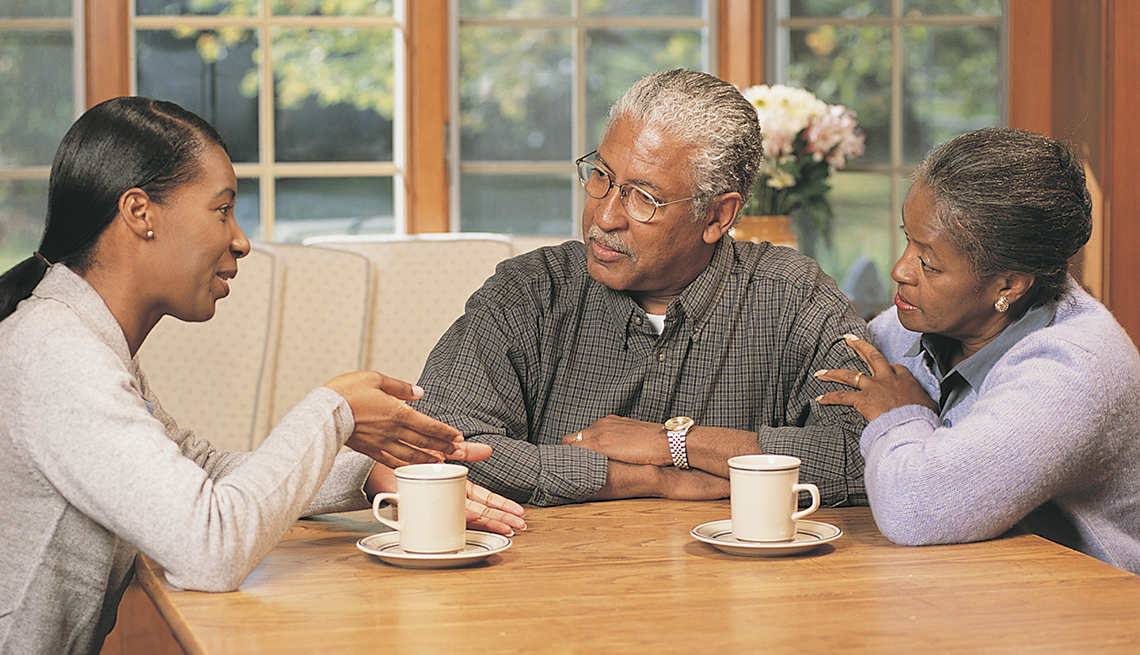






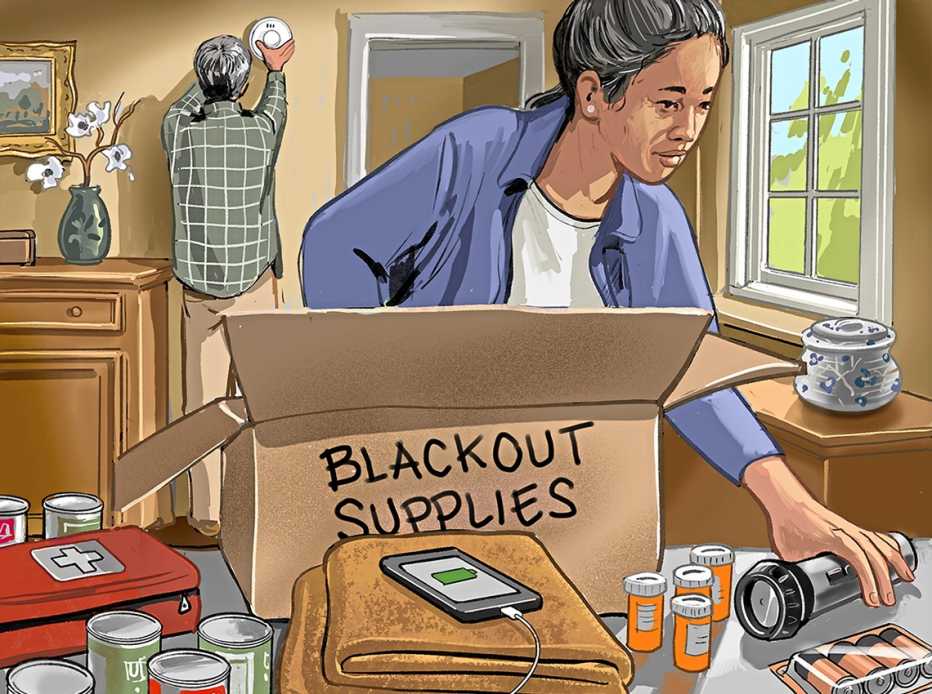


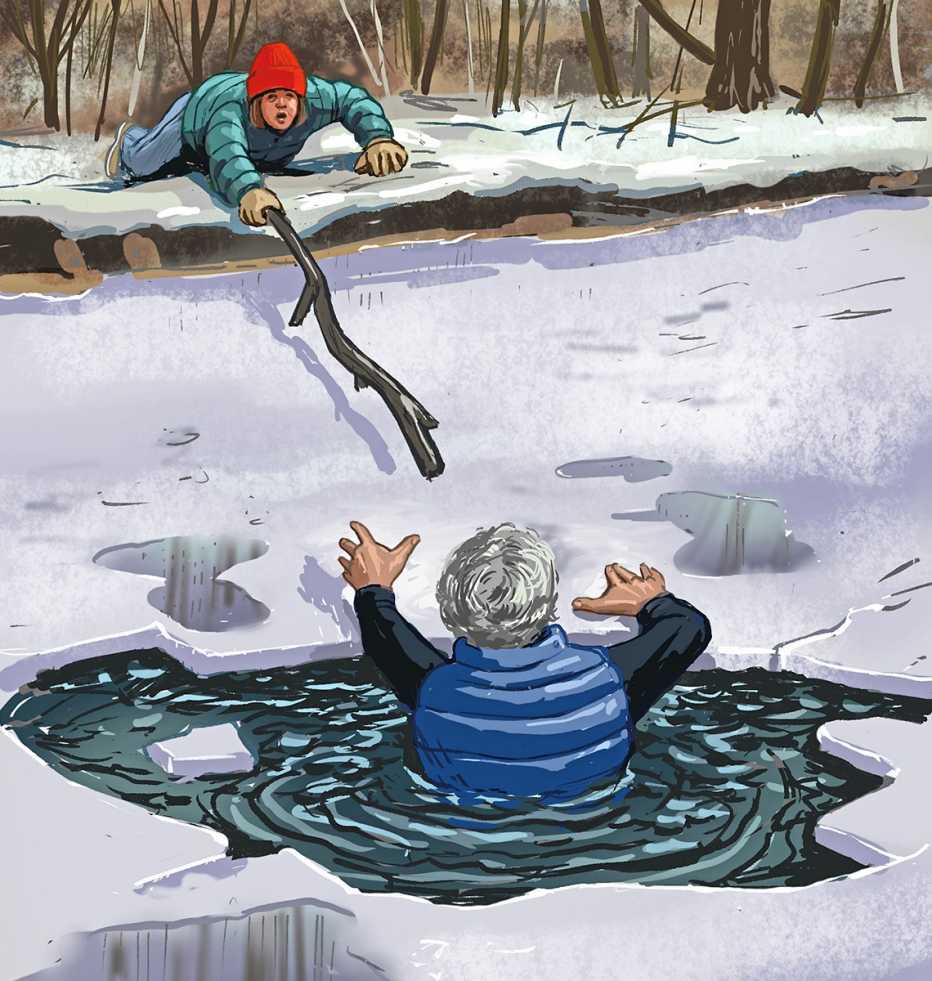
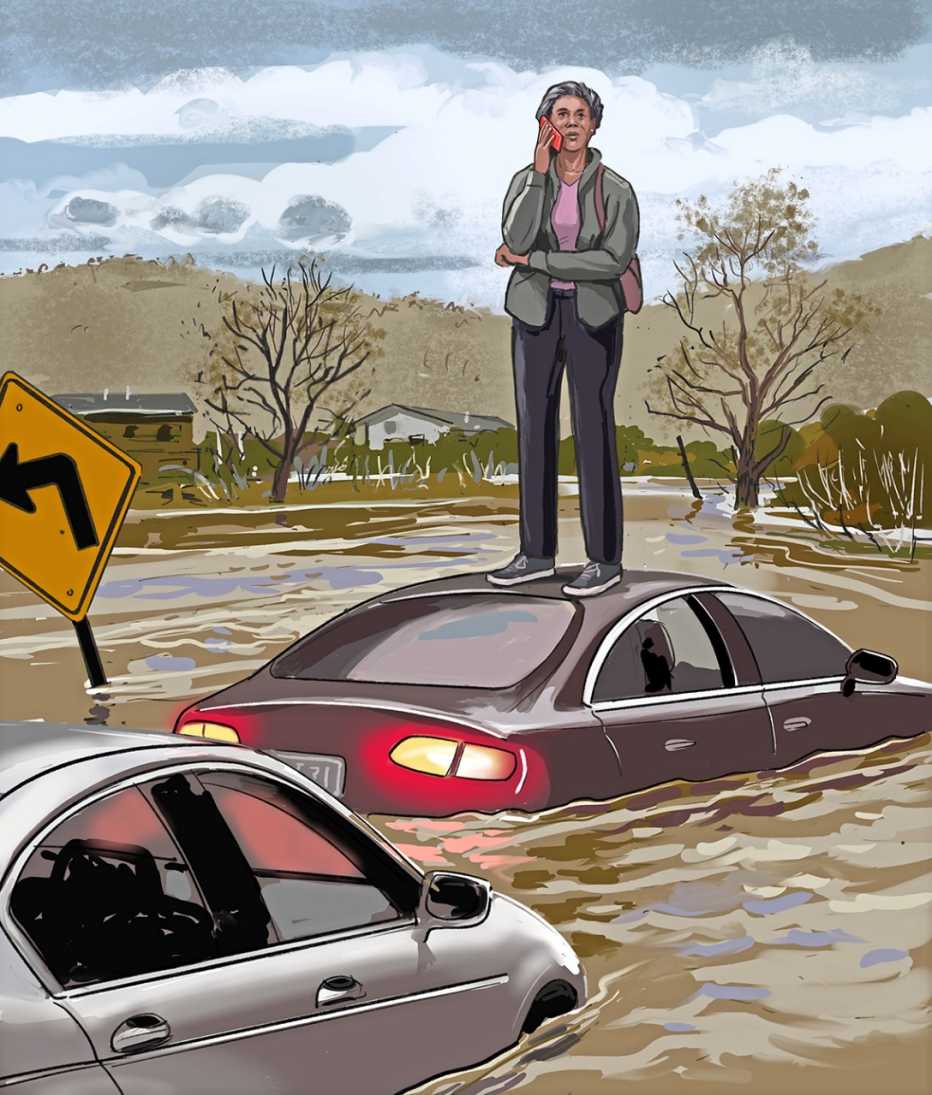






More From AARP
12 Tips for Cleaning Up After a Hurricane, Flood or Tornado
Following severe storms, assess water damage, bring safety gear and save what you canHow to Prepare for a Wildfire
Plan, prepare, practice — and don't wait to leaveDisaster Scams
How to avoid disaster fraud and FEMA scams